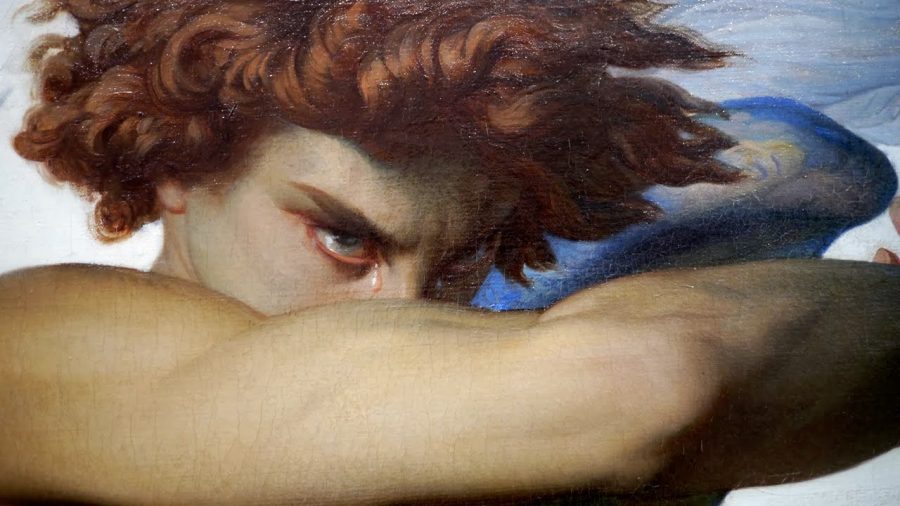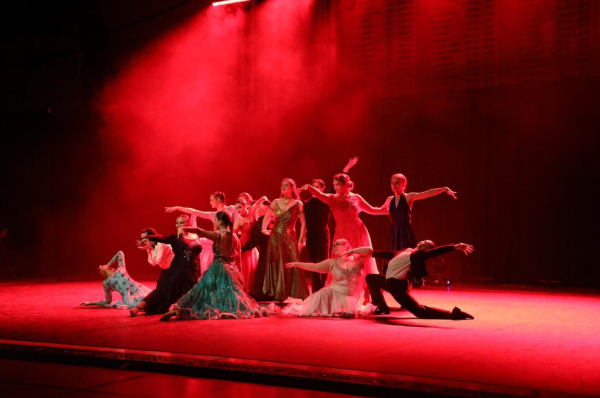George Lucas’ homage to Alexandre Cabanel’s “Fallen Angel”
Alexandre Cabanel’s 1847 painting entitled “The Fallen Angel.”
“From morn/ To noon he fell, from noon to dewy eve,/ A summer’s day.” – John Milton, Paradise Lost
“Star Wars: Episode III — Revenge of the Sith” details Anakin Skywalker’s fall from grace and his devolution into becoming Darth Vader. It visualizes his struggle and lends credence to the movies that came before. In “Return of the Jedi,” for example, Vader was saved as a result of his love for his son and “Revenge of the Sith” makes that development possible.
Anakin, the Chosen One, prophesied to bring balance to the Force and the end of the Sith, fell to the darkness out of love that was corrupted and was brought back into the light through pure love.
“Revenge of the Sith” has countless fascinating shots that are easy to miss if one is not paying attention. The most fascinating shot among these occurs at 1:10:29. The camera focuses on a single tear, as it falls from Anakin’s eye and rolls down his cheek. The cinematography and light design of this scene already make it one of the film’s most stunning, but it is this specific shot that stands out among the rest.
In focusing on that single tear — born of confusion, anger, fear and frustration — George Lucas creates a subtle homage to Alexandre Cabanel’s “The Fallen Angel.”
Interestingly enough, Cabanel’s piece interpreting Lucifer’s expulsion from Heaven and fall from God’s light was not taken from the Bible, but rather John Milton’s “Paradise Lost.” It is an apt comparison, as Anakin is believed by the Jedi to be The Chosen One and destined to bring balance to the Force.
However, like many modern renderings of Lucifer, Anakin is a prideful, ambitious, frustrated character. Like Lucifer’s fall from Heaven casting sin upon the Earth, Anakin’s fall ushers in a 23 year-long period of darkness and oppression throughout the galaxy far, far away.
When comparing the 2005 film and the 1847 painting through the lens of 2021, there is humor to be found. Just as “Revenge of the Sith” received abysmal at best reviews upon its premiere and has since taken on a sort of cult following amongst Star Wars fans, Cabanel’s painting has done the same.
When Cabanel, only 24 at the time, revealed “The Fallen Angel,” also known as “L’Ange Dechu,” he was met with a great deal of pushback. His professors regarded the piece as deficient.
The humor comes into play when considering the following question: What do these two pieces of media even have in common? The answer really is nothing. That being said, the similarities in the composition of Cabanel’s painting and Lucas’ directing choices are not insignificant.
“Revenge of the Sith” is available to watch on Disney+. Individuals who are interested in watching the shot discussed above can find access to it on YouTube.






